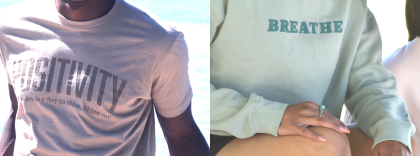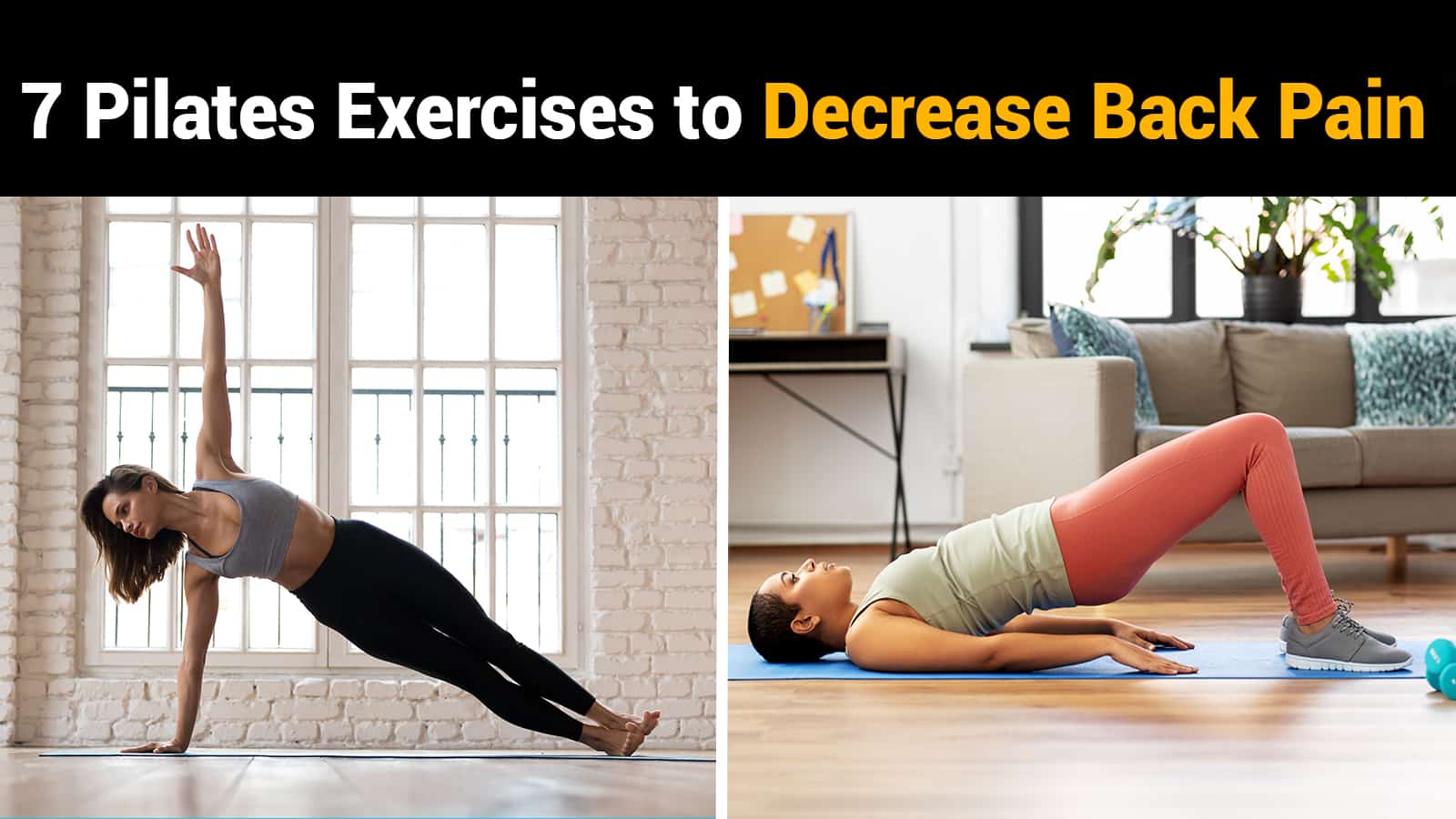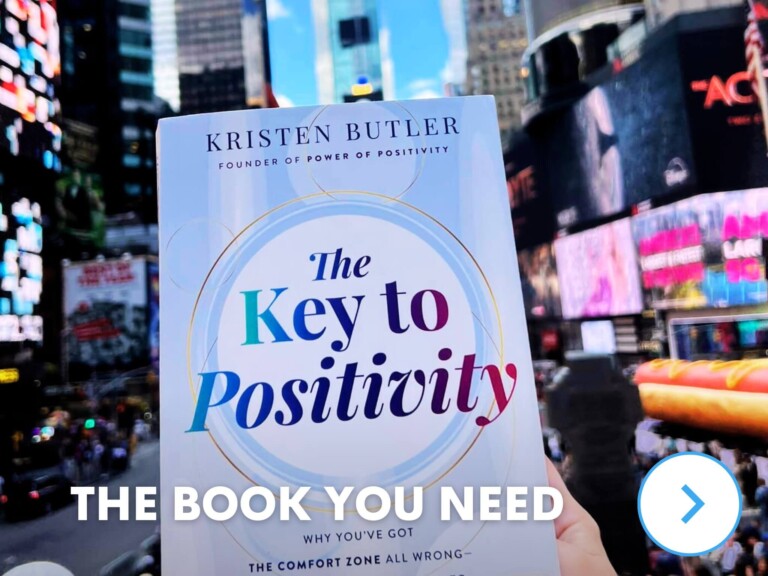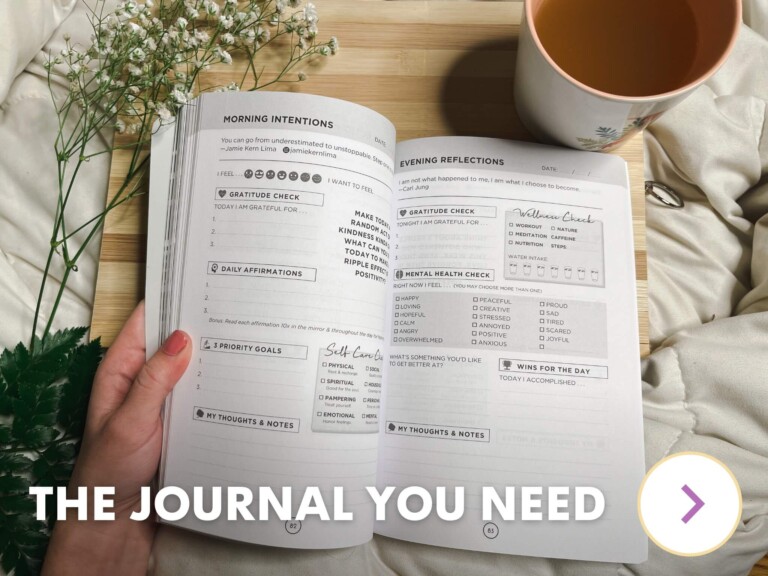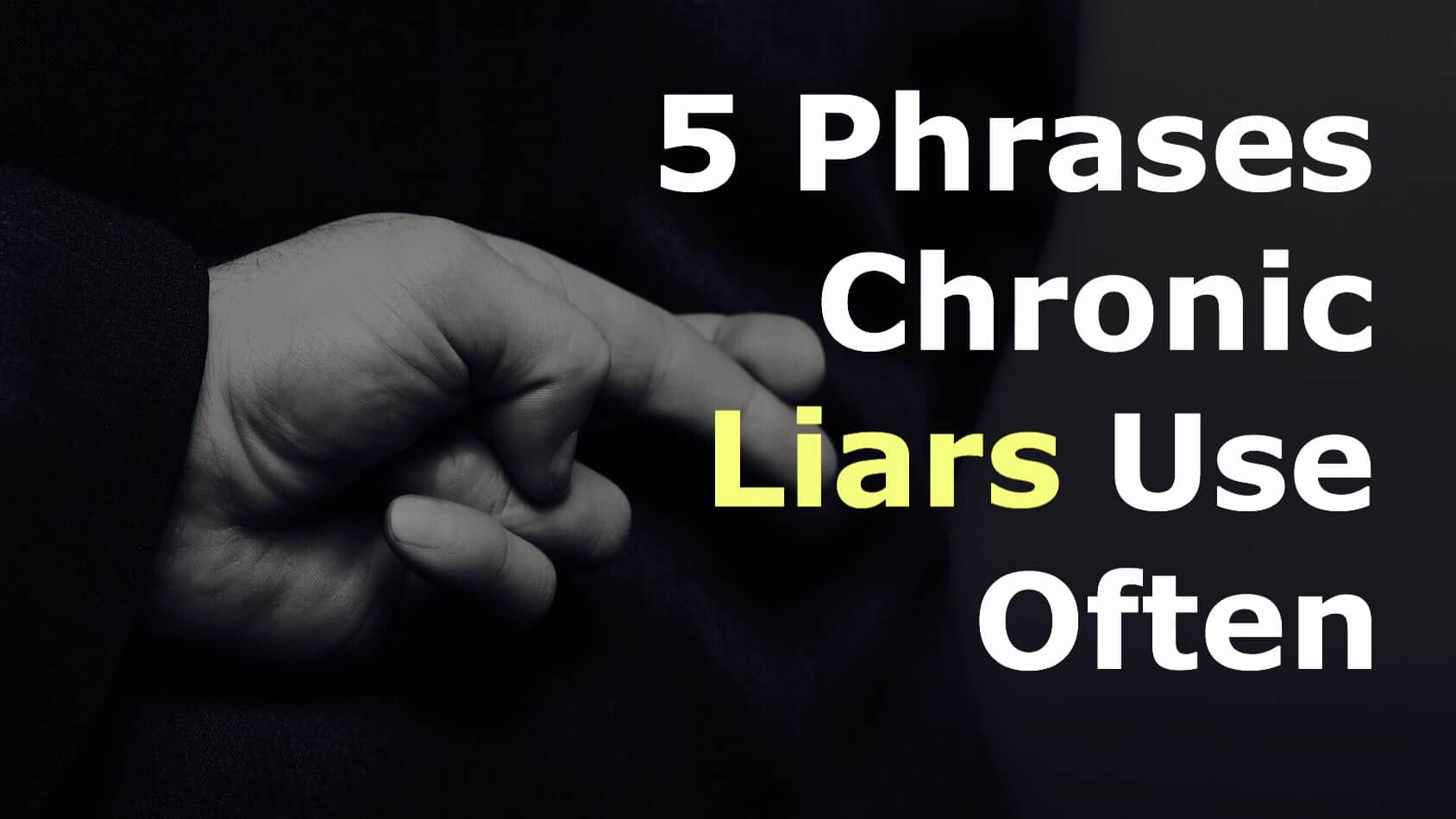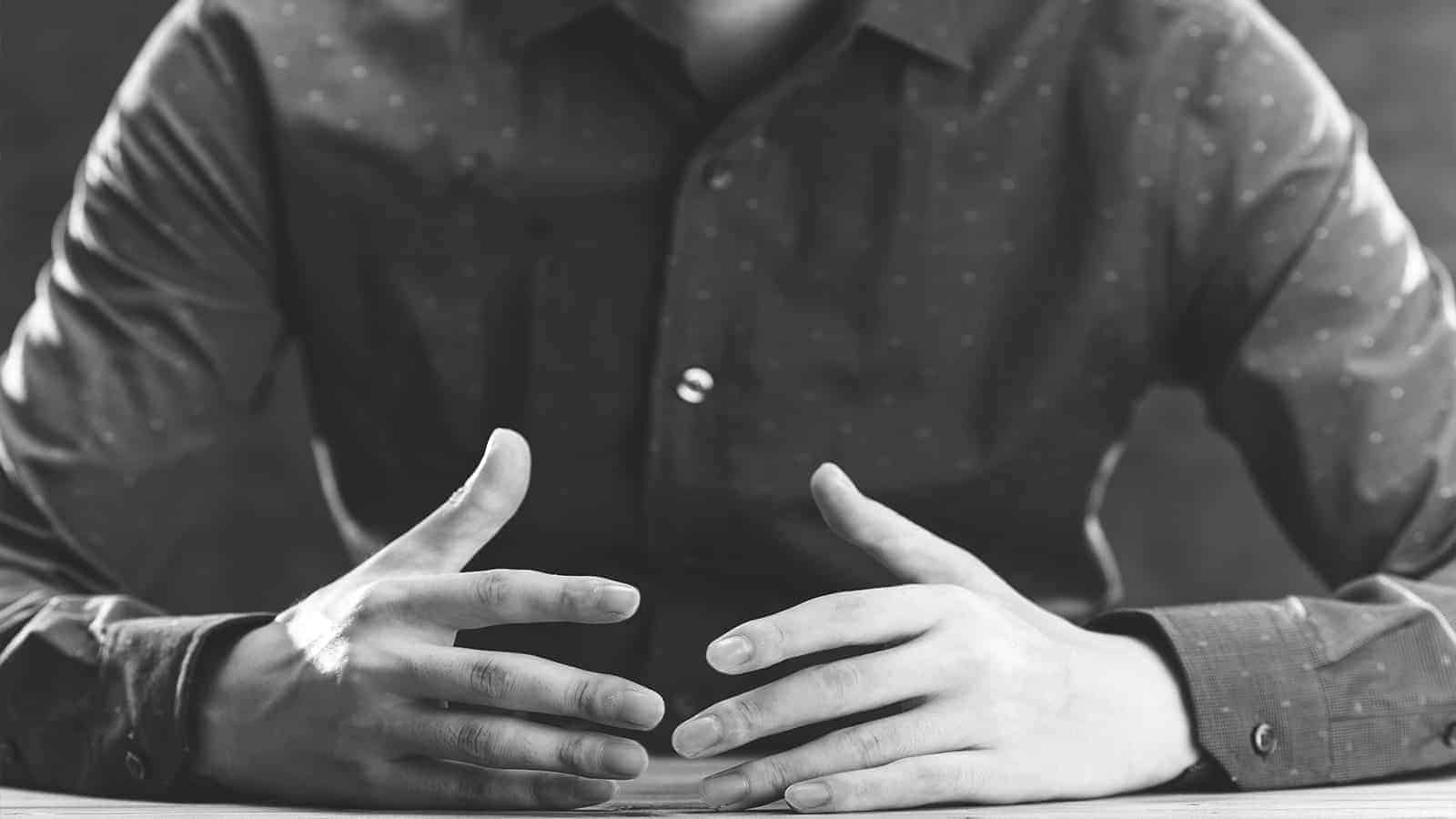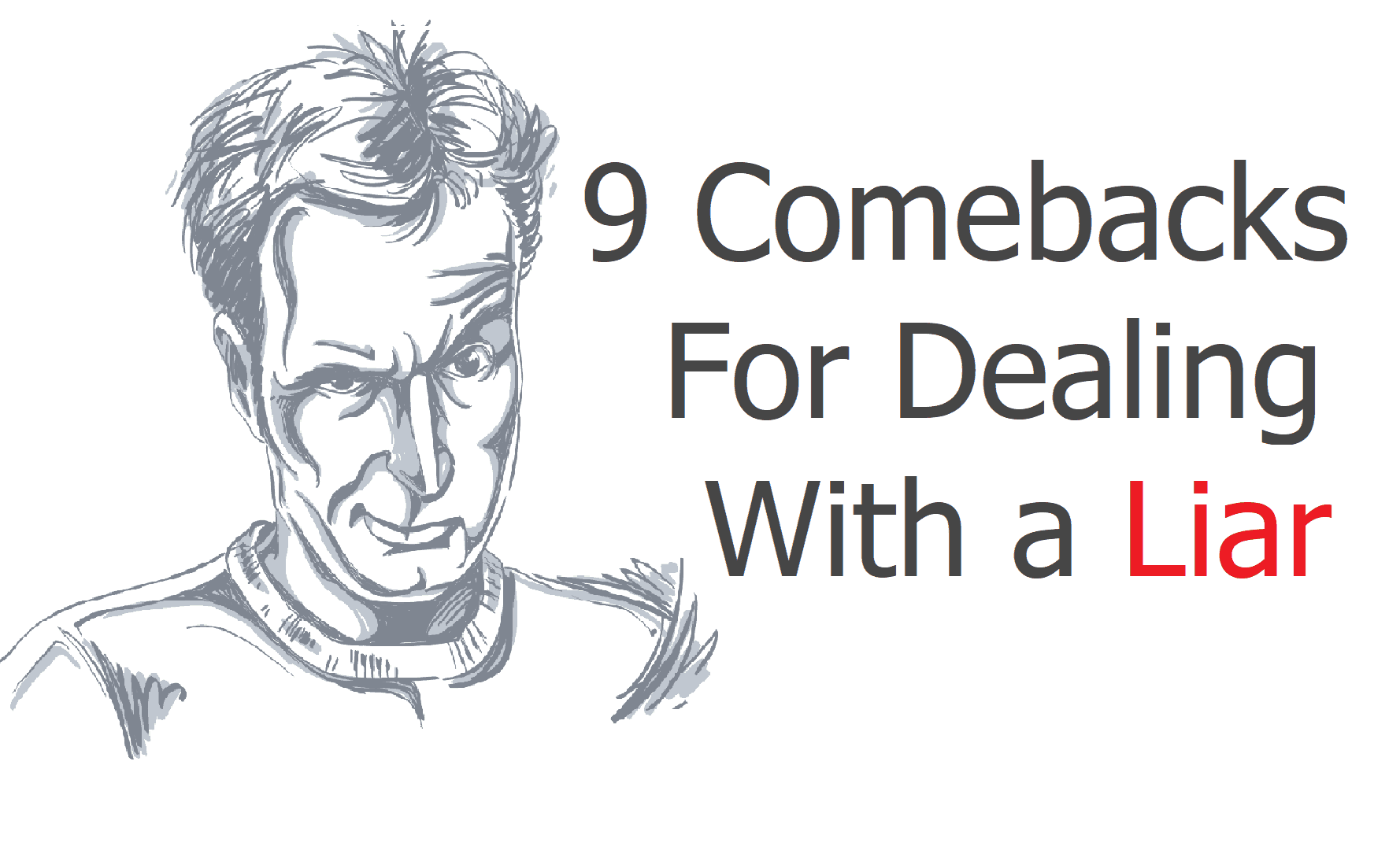Have you considered Pilates exercises to help you decrease your back pain?
When your back hurts, it seems like it affects your whole body. According to an article from the American Chiropractic Association, at least 80 percent of the American population will experience back pain at least once in their lives. The article states that back pain is second to only respiratory infections.
Are you often bothered by mild or excruciating pain in your upper or lower back? Maybe it’s from an injury, or your healthcare specialist diagnosed it as a symptom of a disease or disorder. Whatever the cause, back pain can make everyday activities in your life quite difficult.
What do you do when your back is aching? Perhaps you’ve tried home remedies like heat, cold, or a massage. Did you know that some Pilates exercises can help ease the pain in your aching back?
The Birth of Pilates Exercise
What’s your first impression when you think of Pilates? Can you only see skinny young ladies in fluorescent tights prancing around on VHS exercise videos? You’ll be happy to know that Pilates exercises are designed for just about everyone.
 Who was the mastermind behind this strengthening and toning exercise method? While it seemed to appear on the scene in the 80s and early 90s, Pilates has been around for decades. Exercise enthusiasts around continue to keep the workout regime even more popular today.
Who was the mastermind behind this strengthening and toning exercise method? While it seemed to appear on the scene in the 80s and early 90s, Pilates has been around for decades. Exercise enthusiasts around continue to keep the workout regime even more popular today.
The
Pilates Method Alliance states that Joseph H. Pilates from Germany is responsible for this workout. As a young circus performer in the early 1900s, Pilates’ father taught him the importance of physical fitness. At the age of 30, he took his knowledge and skills overseas to perform in England in 1913.
When World War I broke out, he and other German immigrants were considered “enemies” and were arrested by English authorities. While a political prisoner on the nearby Isle of Man, Pilates was a physical fitness instructor for his fellow prisoners. He began formulating some of his early exercise methods.
After the war, he returned to Germany and studied under healthcare professionals to learn more about physiology and current physical therapy. He perfected some of his earlier work and traveled to the United States, where he soon enjoyed a following. Today, people are still benefiting from the innovative fitness methods that bear his name.
What Are the Principles of Pilates?
There are six principles observed in the Pilates Method. Although Pilates used these values when teaching his students, he didn’t write them out. The Pilates principles were compiled after he died.
1. Control
This core principle guides Pilates as a holistic method involving body, mind, and spirit. Pilates encouraged his students to learn to control their muscles to do the exercises more efficiently and with optimal benefits.
2. Breathe
If you practice yoga, you know how integral breathing is to exercise. Likewise, the Pilates method emphasizes mindful breathing to keep the body moving with oxygen-enriched blood. The founder also believed that deep breathing also was an ideal way to strengthen and tone the abdominal muscles, the article shares.
3. Concentration
Some exercise regimens don’t require you to pay much attention to what you’re doing. However, Pilates exercises require mindfulness and deliberate movement and balance.
4. Flow
There is marked beauty and grace in the movements of the Pilates exercises. You won’t see the automatic or forced movements found in other workout methods. Instead, each exercise flows seamlessly into the next set with uninterrupted energy.
5. Centering
Your core is the center of energy for your body, so the Pilates exercises emphasize movements that are center-focused. Moving deliberately while staying centered can strengthen your core while protecting your back.
It’s why Pilates exercises may especially help lower back pain says a study published by the National Center for Biotechnology Information.
6. Precision
The movements of Pilates focus on precise movements and techniques. It helps practitioners to be more aware of their bodies. Precision can help you learn better ways of moving your body.
Seven Pilates Exercises to Decrease Your Back Pain
1. Spinal Twist
If you have spinal mobility issues, this may be a useful exercise. It can also tone and strengthen muscles in your back and hips and targets pesky side fat.
How To:
•Lie flat on your back comfortably on your exercise mat. Draw your knees up until they are aligned above your hips. Your lower legs should be parallel to your mat.
•Extend your arms straight across from both sides with your palms face up. Center your lower back gently into the mat. Pull your inner thighs together gently.
•As you inhale, gently bring your knees to the left. You should feel a gentle rotation in your spine as you twist your pelvis for this movement. Hold for one breath and exhale while you bring your knees back to the starting position.
•Now, inhale and bring your knees to your right. Hold for one breath and return to the starting position. This is one set. Try to do at least five repetitions.
2. Chest Lifts
This exercise is like a classic crunch. However, it focuses more on your abdominals and pelvic muscles.
How To:
•Start by lying flat on your back, and lace your fingers behind your head for support. It’s the same position you take for traditional setups.
•Next, bring your knees up until they are about a hip-width apart and keep your feet flat on your mat.
•As you inhale, slowly lift your head and upper chest until your shoulder blades are off the mat. Try to keep your lower back flat. Hold for one breath as you feel your abdominals maintaining the position.
•Exhale while lowering your head and upper chest back to your mat in the starting position. Try to keep your abs tight.
•Repeat these steps 10-15 times.
3. Pelvic Lift
Strengthening your abs may be the key to better back support. If you feel any pain, stop what you’re doing immediately.
How To:
•Lie flat on your back while bending your knees and keeping your feet flat on your mat, about a hip-width apart. Let your arms rest comfortably at your sides with your palms down.
•First, inhale deeply while allowing your shoulders, neck, and back to relax. As you exhale, slowly raise your pelvis by gently rolling your spine a little at a time.
•Hold for one breath as you feel your hip and pelvic muscles engaging.
•Now, exhale and slowly lower your trunk until your pelvis rests in the starting position. Try to do 10-15 repetitions.
4. Back Stretches
Does your backache due to weak muscles? These stretches can strengthen them while giving your core a boost.
How To:
•Place a small cushion toward the end of your mat. You can also roll up a small towel and use it.
•Lie flat on your tummy and gently rest your forehead on the cushion.
•Keep your arms naturally against your body with your palms against the sides of your legs. Your feet should be flexed with the bottoms facing up.
•As you engage your abdominal muscles, inhale deeply and lift your head and upper back slightly from your mat. Hold this position for 1-2 breaths.
•Gently lower your upper chest, then your head to the starting position. Try to do at least 5-10 repetitions.
5. Bent Leg Lifts
These aren’t the flat leg lifts you remember from school gym class. However, these also strengthen your lower back and may offer more spinal stability.
How To:
•Begin by lying flat on your mat with your knees bent and your feet flat. Let your arms relax at your side with your palms facing down. Take a deep breath.
•As you slowly exhale, raise your right knee straight up toward the ceiling. Your thigh should be perpendicular to your body. Hold for 1-2 breaths.
•When you inhale for the second breath, lower your leg to the starting position. Repeat these steps at least five times for your right leg.
•Finally, switch and do five repetitions with your left leg.
6. Side Bends
If you want a three-in-one Pilates exercise, try these. They work your abs, shoulders, and back.
How To:
•First, sit sideways on your mat, bearing your weight on your right hip.
•Use your right arm to support your upper body by pressing your palm into your mat with fingers pointing away from your body.
•Bend your legs until your knees are slightly in front of you and your left foot is resting in front of your bottom foot. Allow your left arm to relax on the side of your body.
•Now, inhale and lift your pelvis while straightening both legs. Raise your left arm until it is straight out from your side.
•As you exhale, lift your pelvis a little higher and extend your left arm straight toward the ceiling.
•Inhale again and return to the second position. Finally, exhale and lower your hip and arm to the starting position. Try to do 5-10 repetitions, then switch and repeat steps for your left side.
7. Shoulder Bridge
If lumbar pain is getting you down, this exercise may strengthen the muscles in that area. Plus, your behind will get a beneficial workout too.
How To:
•Lie flat on your back with your knees bent, feet flat on the mat, and your arms at your sides with your palms facing down. Take a deep breath.
•As you exhale, use your right hip muscles to lift your right leg until your right foot is tip-toed on the mat.
•Hold for one breath.
•Inhale again and lower your leg to the starting position.
•Try to do 5-10 repetitions, then switch and follow your left leg’s same steps.
Final Thoughts on Using Pilates Exercises for Back Pain
Chronic back pain can affect every aspect of your life. Maybe these basic Pilates exercises can help. Why not try implementing them into your normal exercise routine?
